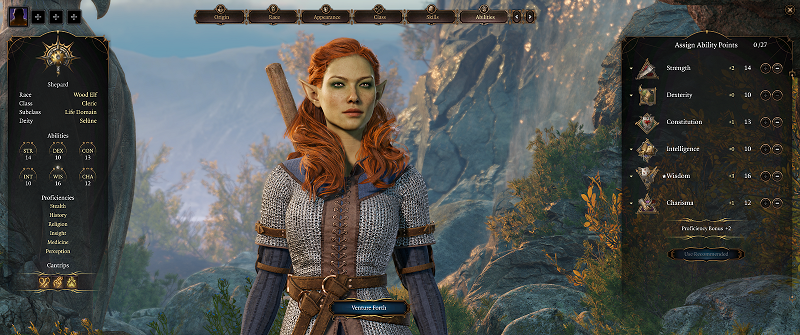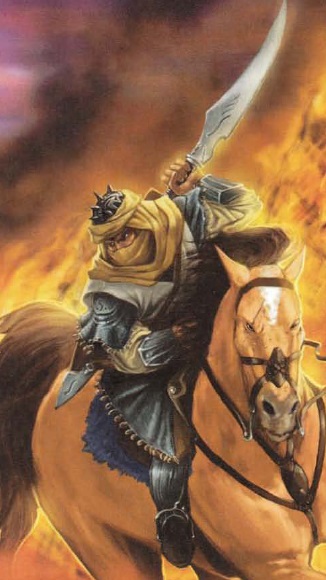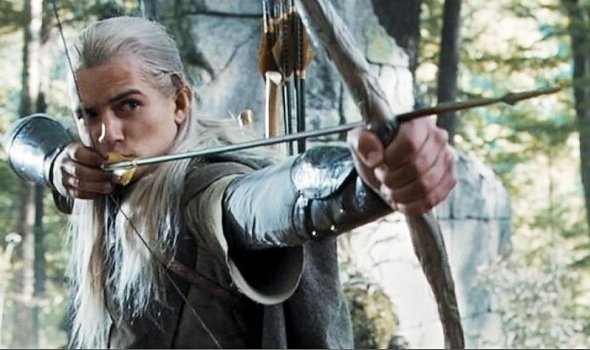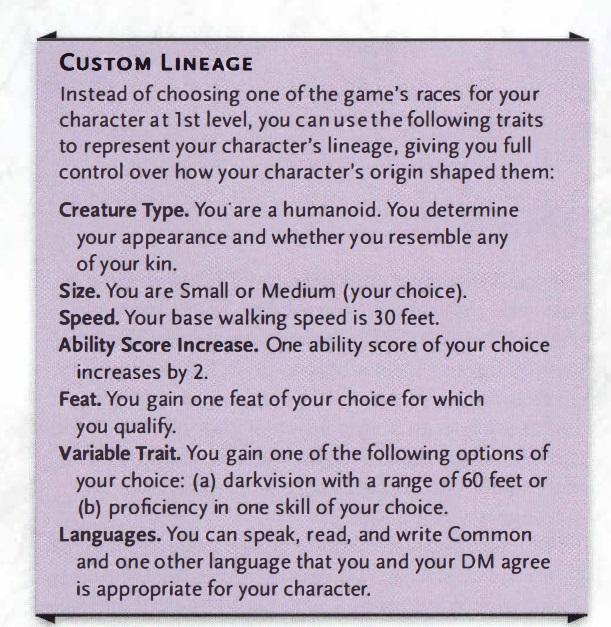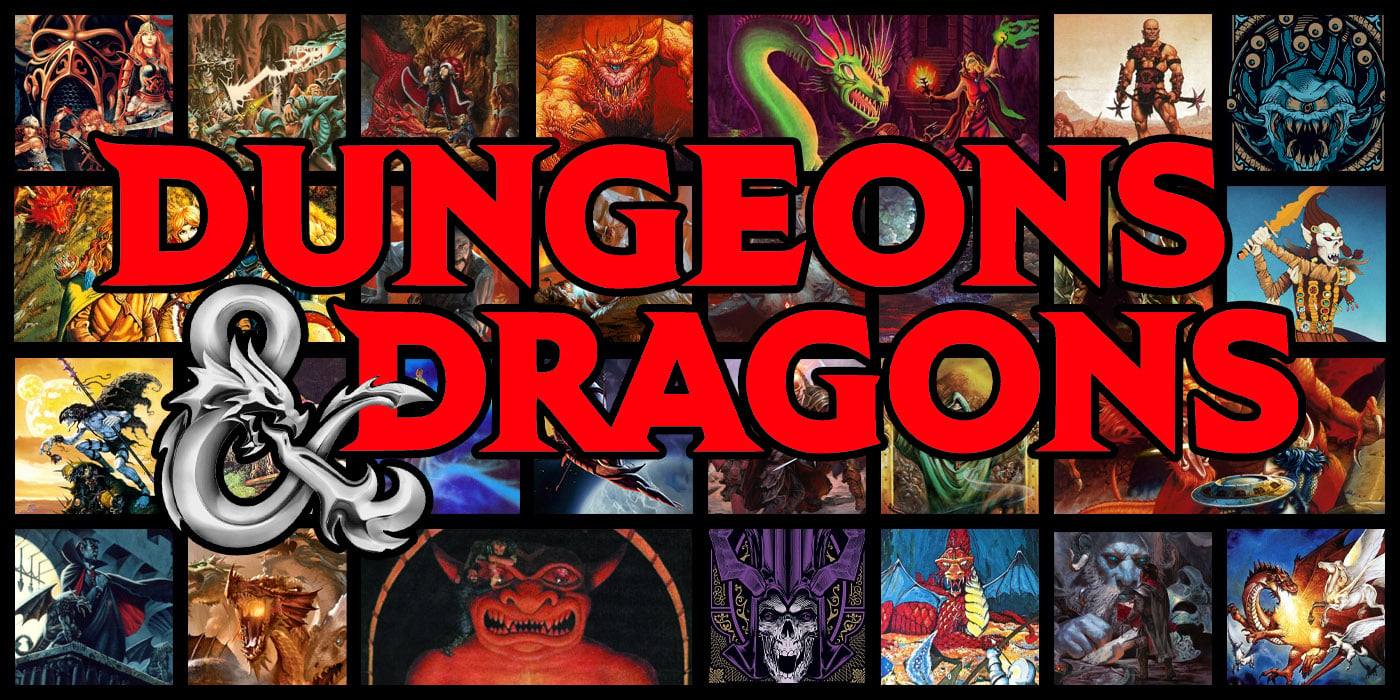D&D: When An Elf Is Not An Elf – Origins & Lineage
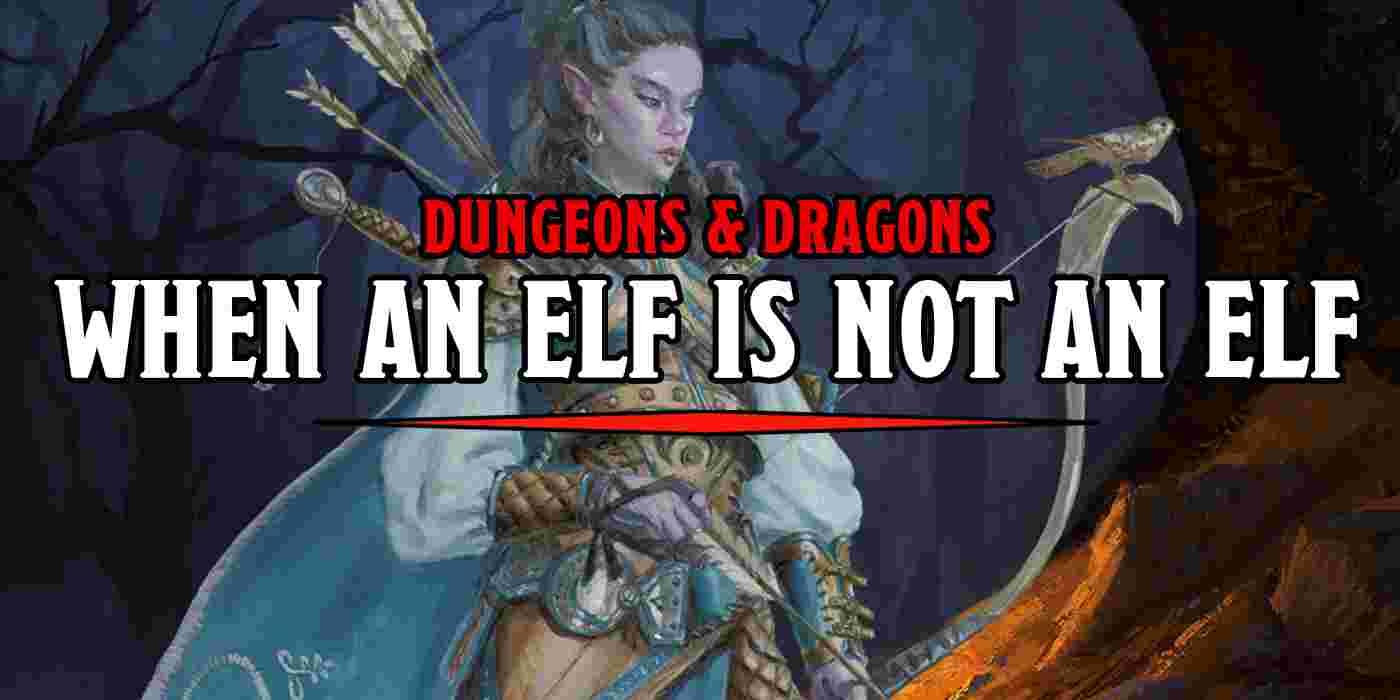

When is an elf not an elf? When it’s a ‘custom lineage’ instead of a ‘customized origin’ in 5th Edition Dungeons & Dragons.
Dungeons & Dragons 5th Edition has been through a lot of changes in the last six months, starting with the release of Tasha’s Cauldron of Everything and culminating with the news that, going forward, players will now be picking from lineages and customizing their origins instead of choosing a player race. It all comes down to the words you use to say “yeah my character is an elf.”
Tasha’s Cauldron is a sort of 5.0.4 Edition hotfix, if you will, that gives you the ability to customize your character even further, and as we’ve seen, introduces ways to create your own path, so to speak, whole cloth. The result of all of these changes is mostly positive, but it does mean that sometimes, you can create an elf that’s not an “elf.” Let’s take a look at origin and lineage in D&D 5th Edition, and how players are getting the two confused.
It comes down to two different sets of rules. The first is Customizing your Origin, which is the feature that divorces ability score increases from whether or not you’re an elf or a dwarf or a gnome, and also decouples things like inherent weapon proficiencies or skill proficiencies or the like.
At 1st level, you choose various aspects of your character, including ability scores, race, class, and background. Together these elements help paint a picture of your character’s origin and give you the ability to create many different types of characters. Despite that versatility, a typical character race in D&D includes little or no choice-a lack that can make it difficult to realize certain character concepts. The following subsections address that lack by adding choice to your character’s race, allowing you to customize your ability scores, languages, and certain proficiencies to fit the origin you have in mind for your character. Character race in the game represents your character’s fantasy species, combined with certain cultural assumptions. The following options step outside those assumptions to pave the way for truly unique characters.
Essentially you can take an elf and customize them, removing things like +2 Dex and +1 Wis to give yourself a +2 Strength and a +1 Constitution to be the perfect Fighter. You can trade in the elven proficiency with swords and bows, replacing them with proficiency with hammers and smithing tools. And though this elf might mechanically resemble a dwarf, they are still an elf.
But when is an elf not an elf? When you create the Custom Lineage.
You could use these rules to create your own custom lineage, making yourself a different kind of “elf” with a +2 in Dex and Darkvision, say you want to be part drow or like a Moon Elf or something. But, by the rules, you’re not technically an elf.
In Tasha's Cauldron of Everything, the custom lineage option is chosen in lieu of a race, such as elf or dwarf. If you choose the custom lineage, you don't qualify for things in the game that require elf, dwarf, and the like. #DnD https://t.co/rtyUm5HfZt
Advertisement— Jeremy Crawford (@JeremyECrawford) March 4, 2021
Which is interesting, because some of the rules require you to be an elf. So if you’re a “custom lineage” you can’t pick feats like Elven Accuracy. Which is an interesting position for the whole lineage idea–because you have to wonder, what exactly is an elf, when all is said and done?
All of this will likely get cleared up in future errata, but for now, sometimes an elf is not an elf.
Happy Adventuring!

